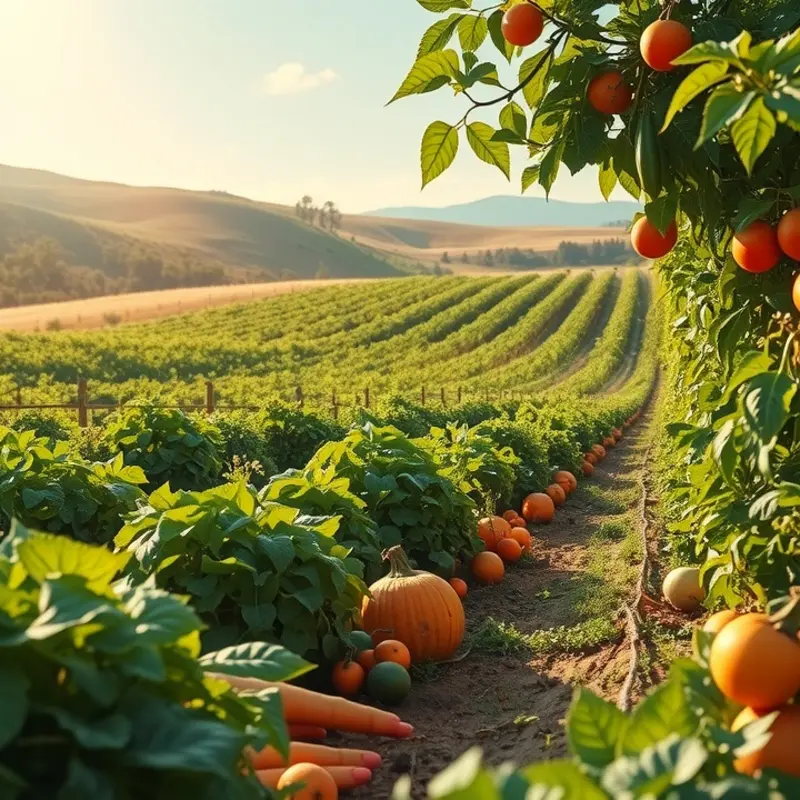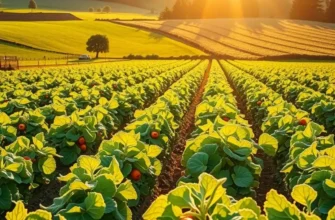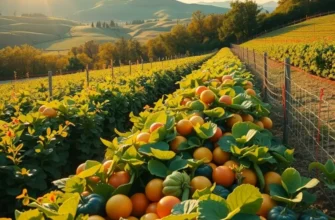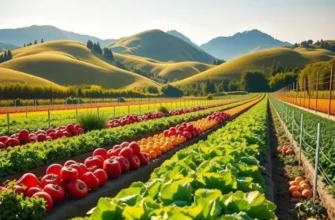Embracing environmentally-conscious food choices begins with understanding the impact of food waste on our planet. When we waste food, we’re not just discarding meals; we’re releasing carbon into the atmosphere due to the energy expended in food production, transportation, and disposal. Together, we can significantly lower our carbon footprint by adopting mindful habits around food consumption and storage. Let’s explore practical strategies to minimize food waste while enjoying delicious, sustainable meals.
Smart Shopping: Plan to Prevent Waste

Shopping wisely forms the foundation of a zero-waste lifestyle. One of the key strategies to achieving this is meal planning. Planning meals for the week ahead helps ensure you buy only what you need. Start by deciding which recipes you want to prepare. Consider meals that utilize overlapping ingredients to make the most out of your purchases. This method not only cuts down on waste but also saves money. Check out our minimal prep dinner ideas for inspiration.
Understanding your kitchen inventory is equally crucial. Regularly take stock of your pantry, fridge, and freezer. Note items you have on hand and their expiration dates. This practice prevents unnecessary duplications and keeps older items from being forgotten. It also simplifies meal planning, ensuring you incorporate these ingredients into upcoming meals.
When it comes to making your grocery list, it should be more than a shopping guide; it’s a tool for managing waste. Categorize your list by sections of the store to streamline your shopping trip and resist unplanned purchases. Stick to your list to avoid impulse buys that often lead to excess and spoilage.
Another component of smart shopping is learning to read food labels effectively. Understanding ‘use-by,’ ‘sell-by,’ and ‘best-before’ dates is essential for planning your shopping. ‘Sell-by’ dates tell stores how long to display a product, while ‘use-by’ dates indicate the last recommended consumption day for peak quality. ‘Best-before’ dates are more flexible; foods can often be safely consumed after this date if stored correctly. This knowledge allows you to prioritize what to consume first, reducing unused food.
Buying in bulk can be tempting, especially with discounts, but it’s not always beneficial for those seeking to minimize waste. If your household cannot consume bulk quantities before they spoil, the cost benefits become irrelevant against the waste produced. Instead, focus on buying smaller quantities more frequently. This ensures you always have fresh ingredients without the risk of them expiring in your kitchen.
Use reusable shopping bags, containers, and produce bags to support your goal of reducing waste. Not only does this cut down on plastic use, but it also reinforces the commitment to an eco-friendly lifestyle. Many stores allow you to bring your containers for bulk items like grains and nuts, which can further reduce packaging waste.
With these smart shopping strategies, you can achieve a more sustainable approach to grocery shopping. Not only will these habits reduce waste, but they will also lead to a more organized and enjoyable cooking experience.
Creative Cooking: Transform Leftovers into Delights

Embrace the art of creative cooking by reimagining yesterday’s meals into extraordinary dishes today. With a little inspiration and resourcefulness, leftovers can become the stars of the kitchen rather than languishing in the fridge. The secret lies in viewing leftovers not as remnants but as the foundation of new culinary adventures.
To start, consider each leftover as a component with possibilities. Take roasted vegetables; these can easily be repurposed into a comforting pot of soup or blended into a hearty sauce. By adding a can of tomatoes, some stock, and a handful of herbs, a new dish emerges—rich in flavor and nutrients.
Another versatile candidate is leftover grains such as rice or quinoa. These can be turned into a deliciously crispy base for stir-fries or used in homemade veggie patties. Simply add some chopped vegetables, a touch of soy sauce, and your favorite spices to elevate them into a vibrant stir-fry, bursting with flavor. For more flavor ideas without added salt, explore this resource on seasoning.
Preservation is key to ensuring that leftovers maintain their integrity. Store food in airtight containers and consider freezing portions you won’t use imminently. Proper storage extends the life of your ingredients and inspires future creativity. Herbs can be chopped and frozen in olive oil, ready to be tossed into a dish instantaneously.
Bread, often discarded when stale, can be given a new purpose. Transform it into crunchy croutons or breadcrumbs. Simply toast and season them, adding texture and life to salads or casseroles.
Not to be overlooked are kitchen scraps, which can often be repurposed. Vegetable peels and bones from roast chicken can become the backbone of a flavorful stock. Simmer these components with some herbs and spices, and you’ll have a base ready for soups or sauces, enhancing dishes without wasting a morsel.
Approach your kitchen with excitement, not just utilitarianism. Let your pantry and fridge inspire you. With raw, sustainable creativity, leftovers transform into tasteful expressions of environmental stewardship.
In summary, the art of using leftovers is about innovation and efficiency. With thoughtful preparation and imagination, what appears as plain remnants can be a culinary canvas waiting for your unique touch. Together, we embark on a journey not only to nourish ourselves but to preserve the earth through mindful cooking.
While we continue to explore these transformative methods, remember that minimal waste doesn’t mean minimal joy—it means discovering possibilities within each meal.
Final words
Reducing food waste is a powerful way to combat climate change and lessen our carbon footprint. By shifting the way we shop and cook, we can make meaningful strides toward a more sustainable future. Each small change in our food habits not only enriches our lives but also protects our planet’s resources. Remember, you have the power to make a difference; let’s put waste at the end of the line and start valuing our food more. Together, we can inspire others to join this eco-friendly movement, paving the way for greener choices and a healthier Earth for generations to come.








